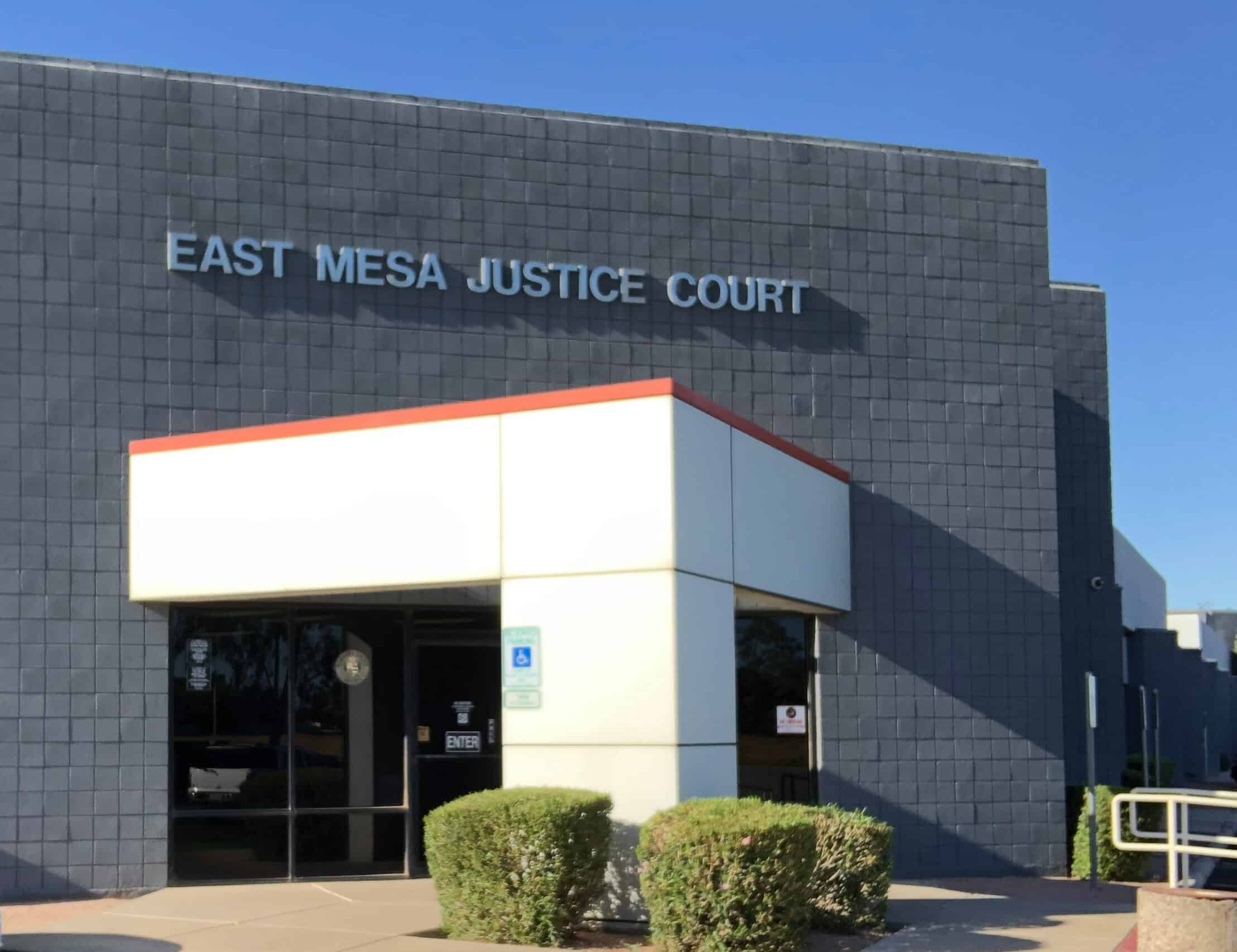Overweight Tickets In Arizona
What are the gross weight rules in Arizona?
In Arizona, gross weight restrictions are addressed in A.R.S. 28-1100. This is a long and somewhat complicated statute, so it is not set forth fully here. The part that is usually written on tickets is 28-1100(A)1, 2, or 3:
A. Except as provided in subsection H of this section or section 28-1099, a person may operate a vehicle on all highways, including a toll facility as defined in section 28-7751, subject to the following maximum gross weights:
1. Twenty thousand pounds, including enforcement tolerances, on any one axle.
2. Thirty-four thousand pounds, including enforcement tolerances, on a tandem axle.
3. Eighty thousand pounds on a vehicle combination of five axles or more.
CALL NOW OR UPLOAD YOUR TICKET
What are the consequences for an overweight ticket?
A first violation of A.R.S. 28-1100 is a civil ticket, not criminal. So the consequences are limited to fines, but the fines can be severe. The fine amount is related to how overweight the vehicle is. If the weight is less than 1,000 pounds overweight, the fine is one dollar. If the gross weight is 11,001 pounds over the limit, then the fine would be $2,000. See A.R.S. 28-1101 for a breakdown on how the fines are calculated. Keep in mind that the court will add court costs and surcharges to the base fine that will just about double the fine amount.
If a driver has a second overweight violation within 6 months of the first, it can be charged as a class 3 criminal misdemeanor. If a driver has a second misdemeanor overweight violation within a year of a first misdemeanor overweight violation, it can be charged as a class 2 misdemeanor violation. Misdemeanor violations carry the possibility of jail time and probation in addition to fines.
What are some defenses to an overweight ticket?
The actual weight can be a defense. Different scales can produce different weight readings. Sometimes weather conditions can affect weight. For example, a truck that has accumulated a lot of snow and ice could weigh heavier than when it was dry.
If the citing officer used the Bridge Formula, it is possible that the officer could have made a measurement and/or a mathematical error.
Depending on the court and the prosecuting attorney, it may be possible to negotiate an improved outcome even if the vehicle was actually overweight.
Why do weight rules exist?
The origin of these weight rules is the Bridge Formula enacted by congress in 1975 and codified in 23 U.S.C. 127 (a)(2). The purpose of the Bridge Formula is to limit the weight to length ratio of a truck crossing a bridge so as not to damage the bridge. The goal is to prevent a high concentration of weight over a single axle that could damage a bridge. The rules seek to spread out heavy weights by either using additional axles or spacing axles further apart. The U.S. Department of Transportation. provides an extensive explanation of the Bridge Rule and weight limits in general.
In addition to the Bridge Formula, 23 U.S.C. 127 also contains the same language of A.R.S. 28-1100(A). In fact, 23 U.S.C. 127 says that the federal government will withhold 50% of the federal funds for a particular state if the state “does not permit the use of The Dwight D. Eisenhower System of Interstate and Defense Highways within its boundaries by vehicles with a weight of twenty thousand pounds carried on any one axle, including enforcement tolerances, or with a tandem axle weight of thirty-four thousand pounds, including enforcement tolerances, or a gross weight of at least eighty thousand pounds for vehicle combinations of five axles or more.”
What if a driver needs to carry heavier loads than permitted by the gross weight rules?
The driver needs a special permit from the government of course! See A.R.S. 28-1103 for the underlying permit rules. Or just head to the Arizona Department of Transportation website for an Oversize/Overweight Permit Application.
Schedule a Free Consultation
Email us below and we’ll reach out.
Latest Blog Posts
East Mesa Justice Court
East Mesa Justice Court is a court of limited jurisdiction, meaning it handles civil cases involving less than $10,000, civil and criminal traffic violations, and misdemeanors. If you receive a ticket from the Maricopa County Sheriff’s Office or Arizona Department of Public Safety inside the Court’s precinct, your case will be handled here.
Veterans Court in Arizona
Some courts offer a program available to veterans called veterans court. The concept is that veterans may have had experiences or life situations that contributed in some way to the charge(s) filed against them.



